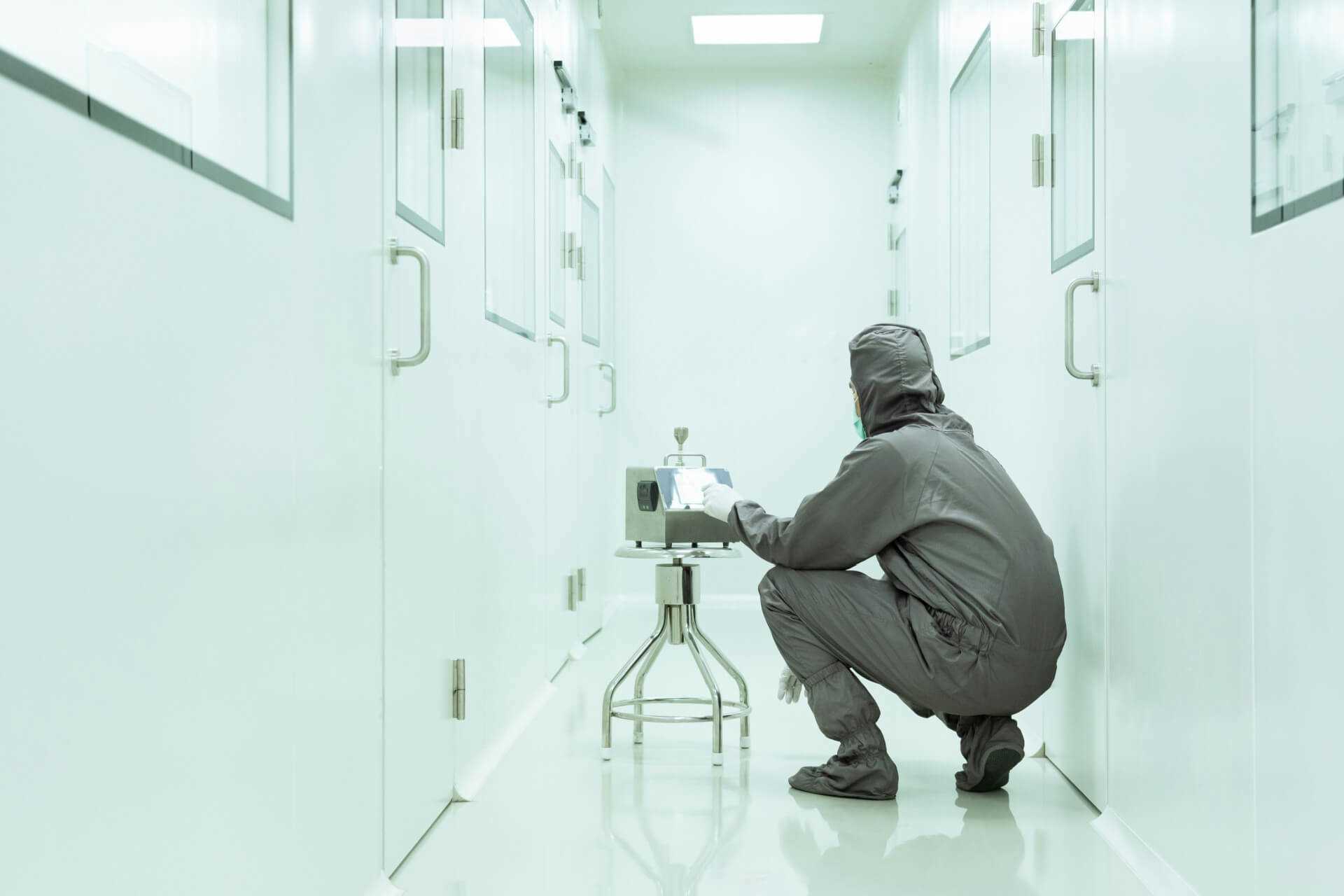
Innovations in Cleanroom Apparel and Personal Protective Equipment
Cleanroom apparel and personal protective equipment are critical components of contamination control in controlled environments. With technological advancements and a deeper understanding of material science, the industry has seen significant improvements in the design and functionality of these essential items. This blog post examines the latest innovations in cleanroom apparel and PPE, highlighting how they contribute to safer and more comfortable working conditions.
Advancements in Material Technology
The materials used in cleanroom apparel and PPE have evolved to offer better protection and enhanced comfort. Innovations include:
• Antimicrobial Fabrics: New materials embedded with antimicrobial properties help reduce the risk of microbial contamination, an essential feature for environments sensitive to biological contaminants.
• Breathable Fabrics: Advanced fabrics that allow better air circulation have been developed to help reduce heat stress and improve wearer comfort without compromising the barrier against particulates.
Ergonomic and User-friendly Designs
Understanding the physical demands on personnel working in cleanrooms, manufacturers have introduced ergonomically designed apparel that enhances wearer comfort and efficiency:
• Ergonomic Fits: Apparel designed to fit better, allowing for greater range of motion and reducing fatigue associated with restrictive clothing.
• Easy-to-Use Features: Innovations such as quick-zip systems, adjustable closures, and elasticated fittings make donning and doffing quicker and reduce the risk of contamination from improper handling.
Enhanced Safety Features
Safety remains the paramount concern in cleanroom apparel design. Recent advancements focus on increasing the protective aspects while maintaining compliance with industry standards:
• Integrated Particle Filtration: Some newer garments integrate materials that offer higher filtration efficiency, trapping particles more effectively at the source.
• Visibility and Identification: High-visibility options and colour-coding are now more commonly used to enhance safety and streamline personnel identification and area zoning within the cleanroom.
Sustainability in Apparel Production
While sustainability is often a secondary consideration, the industry is increasingly paying attention to reducing the environmental impact of cleanroom apparel production:
• Reusable and Washable Options: Many cleanrooms are transitioning to reusable garments that can be laundered in controlled environments to reduce waste associated with disposable apparel.
• Recyclable Materials: Efforts are being made to develop PPE that can be recycled after its life cycle in the cleanroom, helping to reduce the overall environmental footprint.
Future Trends
The future of cleanroom apparel and PPE is likely to see further integration of technology:
• Smart Fabrics: Development of fabrics that can dynamically adjust their properties based on environmental conditions or that can monitor physiological signs to enhance wearer safety.
• Nanotechnology: Utilizing nanofibers and coatings to create even more effective barriers against contaminants while enhancing the comfort and durability of garments.
Innovations in cleanroom apparel and personal protective equipment continue to evolve, driven by the need for enhanced safety, comfort, and efficiency. These advancements not only improve the performance of personnel in controlled environments but also contribute to broader goals of operational excellence and sustainability.
